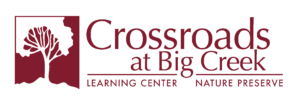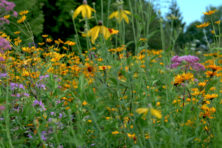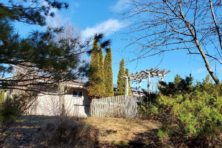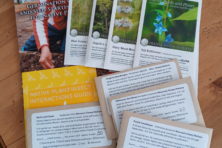Wild Ones: Native Berries Attract Winter Wildlife
- Share
- Tweet
- Pin
- Share
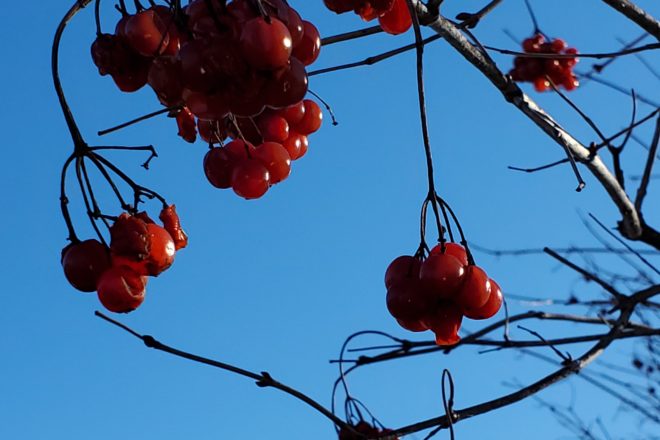
“Pollinator gardens are lovely,” a friend remarked, “but I want to attract birds to my yard in the winter.” Wild Ones of the Door Peninsula recommends planting native trees and shrubs to attract pollinators, and, predictability, the same recommendation applies to birds.
Trees bearing fruit and berries are bird magnets during the fall and winter. Plant catalogs and nurseries are filled with options for berry-bearing trees and shrubs all touted to attract birds, and the truth is, they do attract birds.
I think of the buckthorns at Crossroads at Big Creek, which, in the fall, are covered with little purple berries. Last fall during migration, these invasive shrubs dripped with birds. Robins, waxwings, finches, catbirds, bluebirds and jays descended in droves, gulping berries and jettisoning seeds. That worried me, not just because they were spreading an invasive species, but because I had read that buckthorn berries cause diarrhea in songbirds.
Although the concern that berry-eating birds spread invasive species is justified, research suggests that buckthorn berries do not actually make birds sick. Understand that birds normally produce semi-solid, runny droppings that are usually white. If birds have eaten fruit or berries, their droppings will be very runny, purplish and contain seeds.
In his book Nature’s Best Hope: A New Approach to Conservation That Starts in Your Yard, Douglas Tallamy included a chapter called, “Do Birds Care If a Berry Is Native or Not?” In it, he wrote, “So if introduced plants are providing lots of good food for birds, maybe they aren’t so bad after all?
“The heart of this question focuses on the nutritional value of berries produced by different shrubs. We can assume all berries are equal in what they deliver to birds, but assuming is not science.”
Analysis has shown that berries are not equally nutritious.
“Why would a bird eat a berry that does not meet its nutritional needs?” asked Tallamy. “I can think of two reasons. First, when an invasive shrub moves into a habitat, it typically eliminates the native shrubs that used to grow at that site. One consequence of such a thorough invasion is that the berries produced by the invasive shrubs are now the only ones available.”
He continued, “I can suggest a second reason that birds might eat nutritionally bereft berries: Why do you eat a sugar-coated donut when you ought to be eating a garden salad?”
Tallamy went on to cite research that suggests that the fall berries of nonnative shrubs are high in sugar, while the fall berries of native shrubs have a greater fat content. Based on studies conducted by his graduate students – besides being a persuasive writer and speaker, Tallamy is a professor at the University of Delaware – he explained, “New research suggests that birds do, in fact, care if a berry is native or not, and they discriminate against introduced berries whenever they have the option.”
Basically, “when fall migrants stop to rest and eat in a habitat loaded with invasive shrubs, they do not stay long. Instead, they linger in habitats with the berries they need to fuel migration.”
This information certainly influences the restoration efforts at Crossroads at Big Creek and other nature preserves in the county, but what does it mean for the home landscaper who wants to attract birds during the winter?
One does not need to be a bird nutritionist to understand that during the winter, when birds need high-calorie food to stay warm, a high-fat berry would have far greater survival value and appeal than a berry high in carbohydrates.
At this time, researchers have no idea why native trees and shrubs produce higher-quality survival food for birds, but they do. For our winter birds – woodpeckers, waxwings and finches, and sometimes rarities such as pine grosbeaks and Bohemian waxwings – native trees and shrubs offer survival value. And for us, they provide the joy of seeing colorful winter birds just outside the window.
Coggin Heeringa is the president of Wild Ones of the Door Peninsula and the program director and naturalist at Crossroads at Big Creek.


